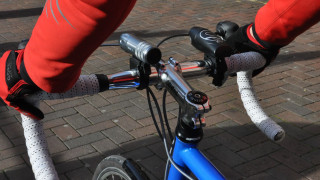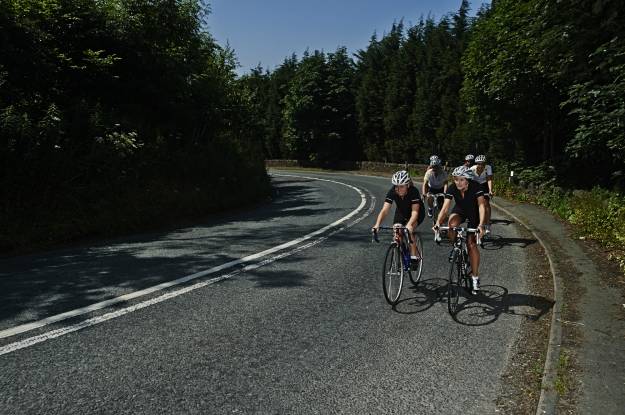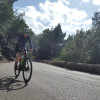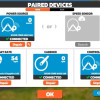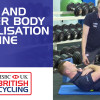Knowledge Level: Beginner
Having dealt with the delicate issue of saddle soreness and foot pain on the bike, we now turn our attention to your hands and wrists.
Many cyclist suffer from pain or numbness in their hands or wrists, impacting on both riding pleasure and potentially performance. In this article we look at potential causes and what can be done to prevent and ease the discomfort.
There are two main conditions that can lead to discomfort, pain, tingling or numbness in your hands and wrists.
Handlebar palsy
A relatively common complaint among cyclists known medically as Ulnar neuropathy but also as handlebar palsy. It’s caused by compression of the ulnar nerve, which enervates your ring and little finger, and manifests in the fingers as tingling, numbness or pain or weakness in the hand. As well as compression, hyperextension of the nerve can also lead to similar symptoms and this can occur when spending long periods of time riding down on the drops. If you experience any symptoms of this nature you should act on them immediately as they can be extremely stubborn to resolve. Seek professional medical advice and apply the preventative steps described below.
Carpal tunnel syndrome
Caused by compression of the median nerve at the wrist, carpal tunnel syndrome is characterised by numbness or tingling in the thumb, index, middle and ring fingers or weakness in the hand. A common cause in cyclists is excessive pressure when riding on the bar tops or with flat bars. As with handlebar palsy, don’t ignore these symptoms, apply the preventative steps suggested here and seek professional medical advice.
Preventative steps
Bike fit
A badly fitting bike is often the cause of many aches and pains that you might experience when riding, including hand and wrist pain. If you’re putting too much of your weight through the front of the bike, this can easily result in discomfort throughout your upper body. An excessively high saddle, low bars or a cramped or overly stretched cockpit can all result in poor weight distribution on the bike.
Keep relaxed
Assuming you’ve optimised your position on the bike, you should also try to keep your upper body as relaxed as possible. You obviously need to hold your bars securely but avoid a “death grip”. When climbing in the saddle, you can almost just rest them on the bar-tops.
Padded gloves
You should always ride in gloves or mitts to protect your hands in the event of a fall but, with many offering anatomically placed padding to reduce pressure on your ulnar nerve, they can also be invaluable if you tend to suffer from sore or numb hands.
Bar-tape
Consider a double wrap of bar-tape or gel pads under the tape to give increased protection from road buzz. Top riders will do this for the cobbles of the Spring Classics but it’s a good idea for less than perfect UK road surfaces.
Anatomic bars
Anatomically shaped bars can provide a less stressful position for your hands and wrists, especially when you’re down on the drops. Also, it’s important to ensure that your bars are the correct width.
Regularly shift hand position
On road bars you’ve got at least three different hand positions so, make sure you regularly shift between them, moving from tops, to hoods and drops, adapting to the road, gradient and pace of riding. Even if road conditions and pace remain the same for extended periods, get into the habit of switching you hand position.
Brake set-up
Ensure that your brake hoods and levers are correctly set-up. Exact positioning comes down largely to personal preference but, if you are experiencing problems with hand or wrist pain, is worth looking at. Also look at reach to the brake levers as this can also cause unnecessary strain to your hands. Many set-ups allow you to adjust the reach using spacers. Mountain bike brake lever set-up is especially important, due to the hard and prolonged braking involved, and you should be looking for your wrists to be straight when in your descending position.
Factors off the bike
Many factors off the bike, such as time spent on a keyboard or playing the piano, can also contribute to hand and wrist problems. If you are experiencing problems on the bike, it’s worthwhile exploring potential exacerbating factors off it and looking for ergonomic solutions to them.


